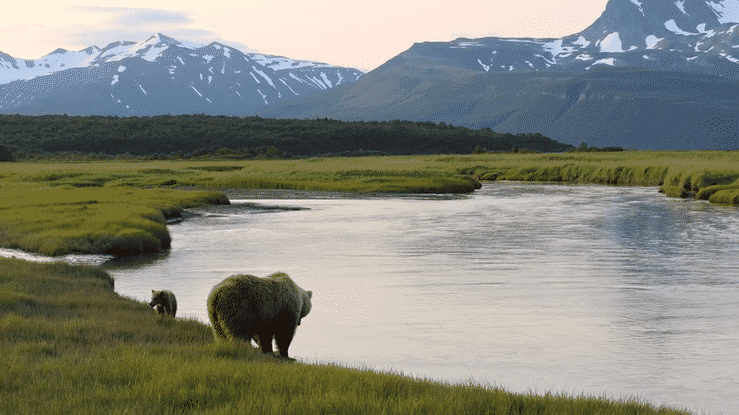
Jul 24, 2024 The 1964 Wilderness Act: Transforming U.S. and Global Conservation
The Wilderness Act was signed into law by President Lyndon B. Johnson on September 3, 1964. The USA system of wilderness areas now includes over 800 areas covering more than 110 million acres. Currently, all but six states—Connecticut, Delaware, Iowa, Kansas, Maryland, and Rhode Island—have at least one designated wilderness area.
The Wilderness Act was the result of years of political advocacy by The Wilderness Society, which was founded in 1935. Howard Zahniser of The Wilderness Society wrote 66 different drafts of the Act from 1956 to 1964 and guided those drafts through eighteen Congressional hearings. Noted author and environmental advocate, Wallace Stegner also played a crucial role in the Act’s passage. In 1960, he penned what is widely known as “The Wilderness Letter” to the Outdoor Recreation Resources Review Commission (ORRRC), where he argued that he did not want to speak to “wilderness uses, valuable as those are, but the wilderness idea, which is a resource in itself.” He continued by stating that, for the American people, the wilderness idea is “something that has helped form our character and that has certainly shaped our history as a people.”
Stegner later commented that by luck or the “mysterious focusing by which ideas whose time has come reach many minds at the same time,” his letter struck a chord. Before it appeared as one submission in the ORRRC report, Secretary of the Interior Stewart Udall had used it as the basis of a speech before a wilderness conference. The Sierra Club had published it as part of the conference proceedings. Then, one of Stegner’s friends saw it posted on a wall in a Kenya game park, and it also appeared, surrounded by drawings of African wildlife, on a poster for the Natal Park Board in South Africa. Altogether, Stegner commented that the letter, “the labor of an afternoon, has gone farther around the world than other writings” on which he had spent years.
The immediate impact of the passage of The Wilderness Act was the designation of 54 areas as wilderness, covering 9.1 million acres in thirteen states. In 1980, 56 million acres of Alaska were designated as wilderness. Around 5% of land in the United States has been designated as wilderness, but because Alaska contains half of all designated wilderness areas, only 2.7% of the contiguous United States is designated as wilderness. There are now 803 designated wilderness areas in 44 states and Puerto Rico.
The idea of wilderness is not limited to the USA. In 1976, the Wild Foundation organized the first World Wilderness Congress to build wilderness support and strengthen wilderness policy from grass-roots decision-making to national policy. The 12th World Wilderness Congress is now being planned. These congresses were sparked by the friendship between two conservation pioneers – Magqubu Ntombela and Ian Player in South Africa. Magqubu argued that saving one species at a time was insufficient and that the world needed an Indaba (the Zulu word for an important gathering and discussion) to address threats to biodiversity and preserve wild areas. The World Wilderness Congresses and the resulting global collaboration protecting wild areas were the result. The Wild Foundation also promotes E.O. Wilson’s vision that Nature Needs Half of the world’s real estate.
Video Credit: Hanna Glafke, iStock


